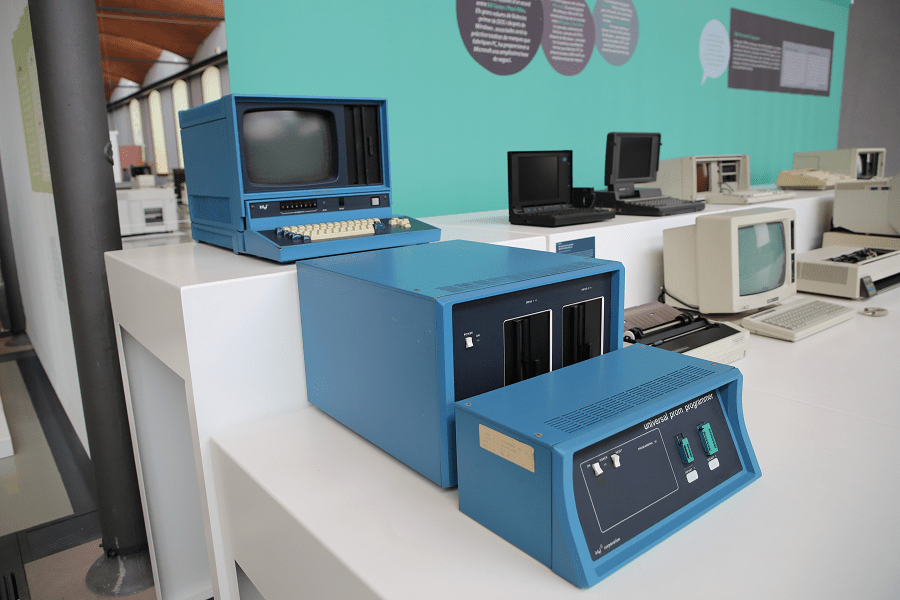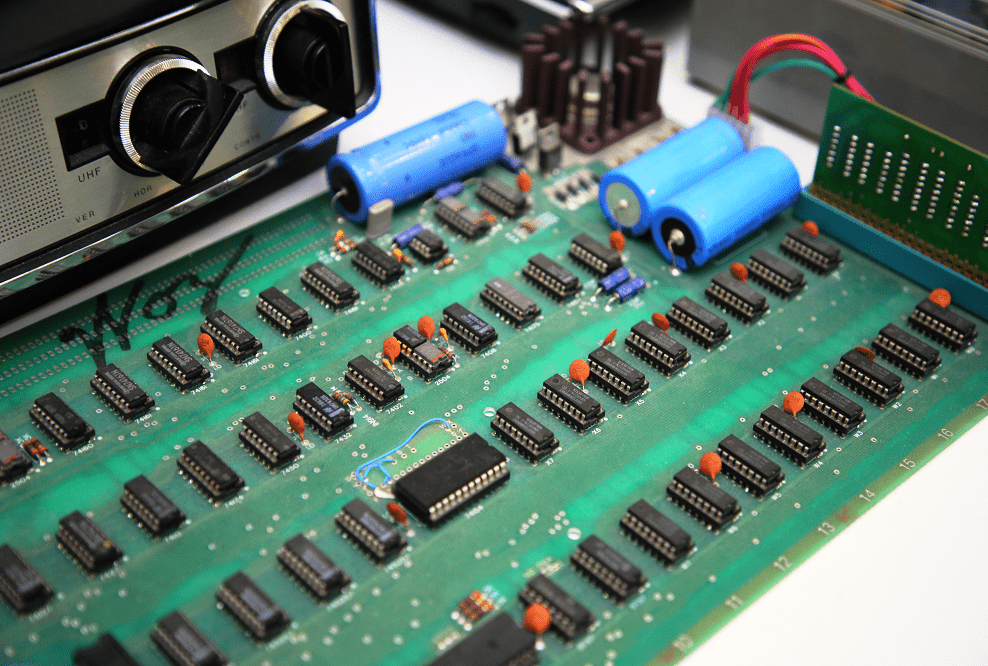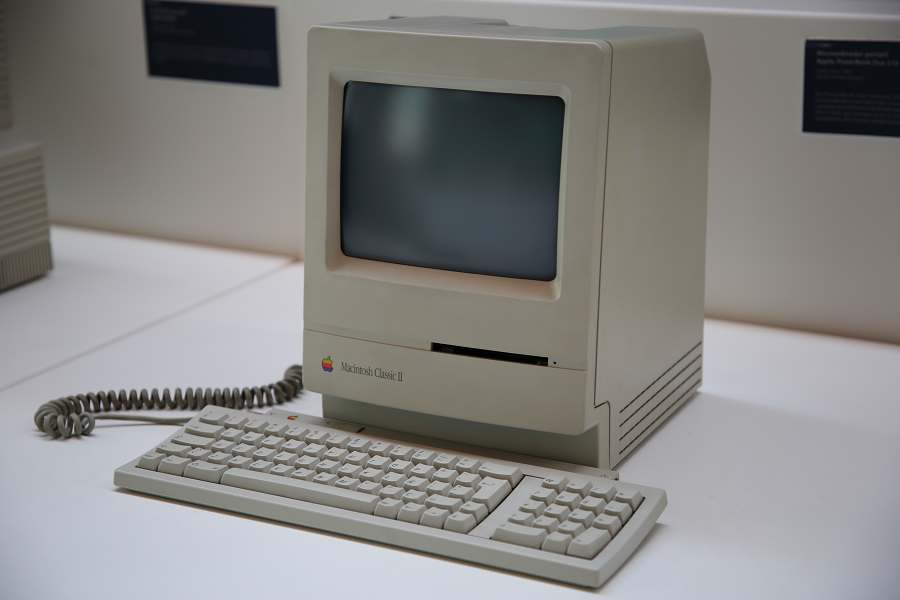The PowerBook 100 is a portable subnotebook personal computer designed and manufactured by Sony for Apple Computer and introduced on October 21, 1991, at the COMDEX computer expo in Las Vegas, Nevada. Priced at US$2,500 with external floppy drive, the PowerBook 100 was the low-end model of the first three simultaneously released PowerBooks. Its CPU and overall speed closely resembled those of its predecessor, the Macintosh Portable.
It had a Motorola 68000 processor at 16 MHz, 2-8 megabytes (MB) of RAM, a 9-inch (23 cm) monochrome backlit liquid crystal display (LCD) with 640 × 400 pixel resolution, and the System 7.0.1 operating system. It did not have a built-in floppy disk drive and was noted for its unique compact design that placed a trackball pointing device in front of the keyboard for ease of use.
Apple’s then-chief executive officer (CEO) John Sculley started the PowerBook project in 1990, allocating $1 million for marketing. Despite the small marketing budget, the new PowerBook line was a success, generating over $1 billion in revenue for Apple in its first year. Sony designed and manufactured the PowerBook 100 in collaboration with the Apple Industrial Design Group, Apple’s internal design team. It was discontinued on September 3, 1992, and superseded by the PowerBook 145 and PowerBook Duo series. Since then, it has been praised several times for its design; PC World named the PowerBook 100 the tenth-greatest PC of all time in 2006, and US magazine Mobile PC chose the PowerBook 100 as the greatest gadget of all time in 2005.
Apple museum (Moscow, Russia)











